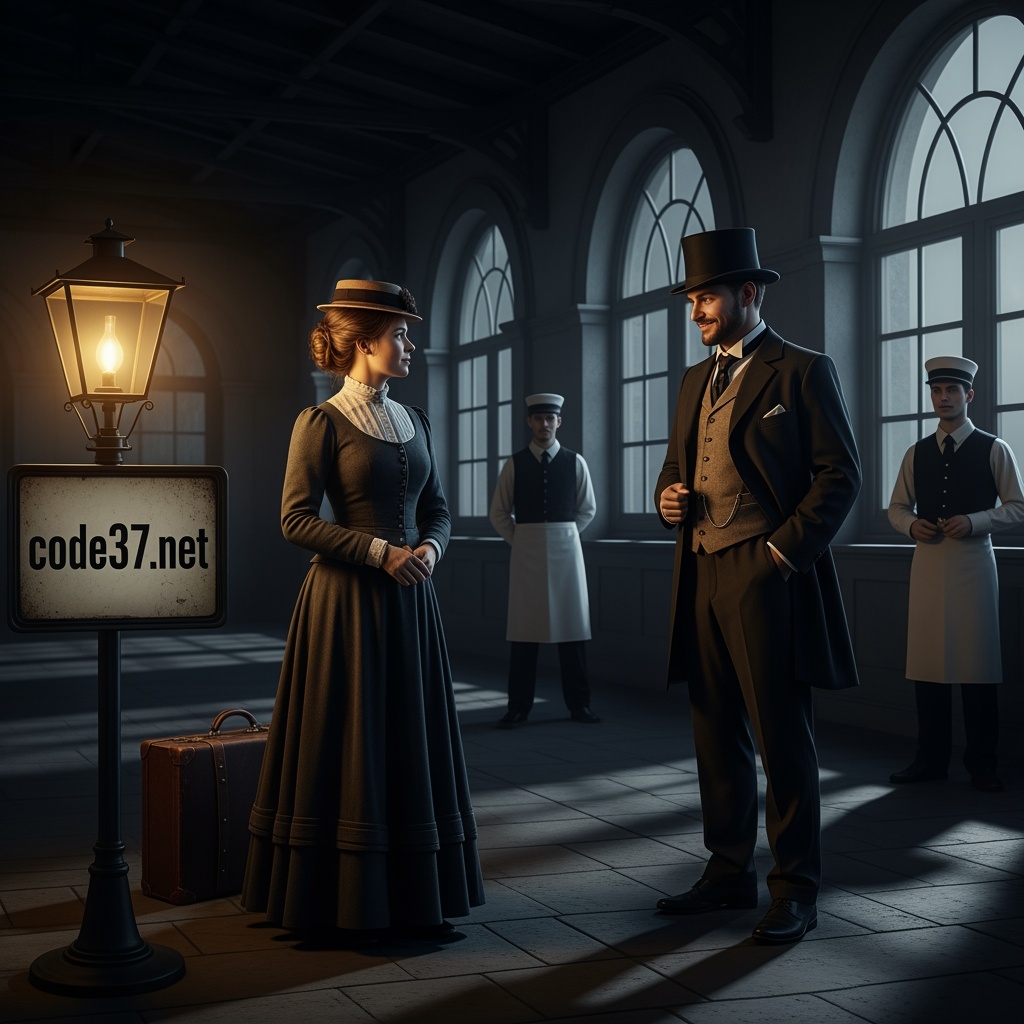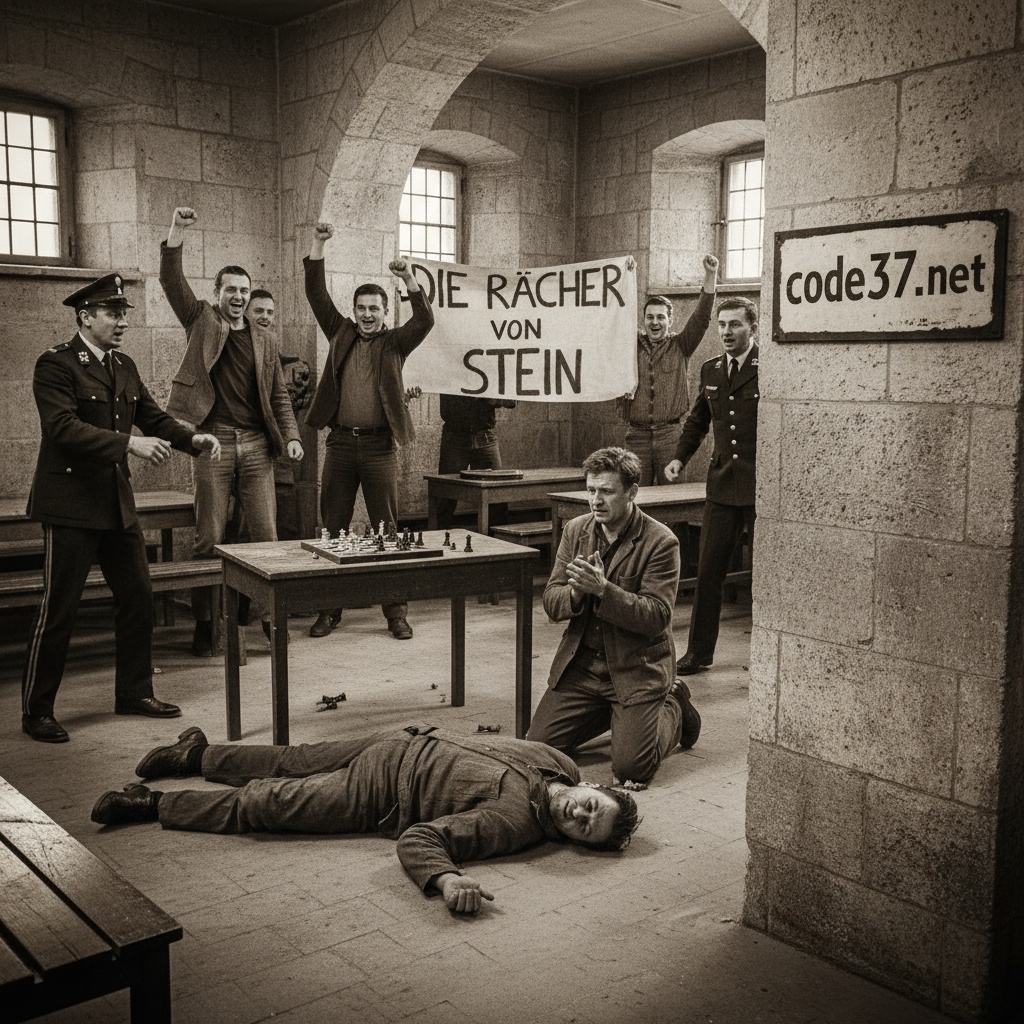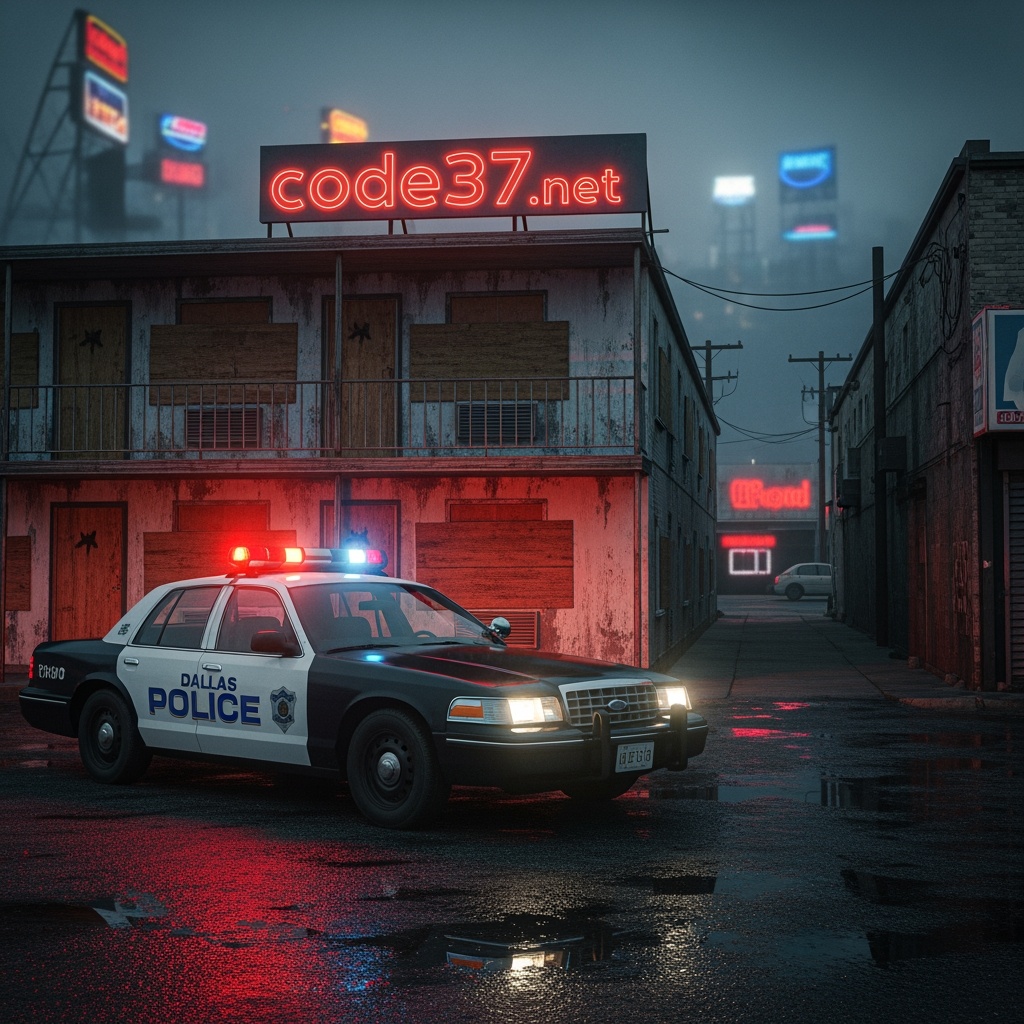
A murderous duo who preyed on women at remote train stations around London in the 1980s, raping them and later killing some of them, were John Francis Duffy and David Mulcahy, better known as the Railway Rapists and Railway Murderers. The two had met while attending Haverstock Secondary School in Chalk Farm in north London. Since then, the two outsiders had been inseparable. John was bullied by his classmates because of his small stature and acne. David was also considered an oddball. A deep friendship developed in which the two boys confided in each other about their sadistic violent fantasies, which they soon put into practice on animals. David used a hedgehog as a cricket ball, which got him expelled from school. After school, both got married and took up regular jobs. While David worked as a plasterer, John worked as a carpenter and was also employed by British Rail, which is why he had knowledge of the railway network. On July 1, 1982, the series of rapes of women at remote train stations began. The first rape took place in Kilburn, north of London. The victim was a 22-year-old woman who was on her way home from a party when she was suddenly kidnapped, dragged into a shed, stripped naked, and brutally raped by both men while blindfolded. The series of rapes briefly stopped in 1983, which had to do with John’s divorce. But then, within a very short time, more women were brutally raped at night at train stations in north London. A total of 18 women were raped within four years. The Metropolitan Police in West London were entrusted with the rapes, and their investigations, known as “Operation Heart,” were in full swing. According to the traumatized women, one of the perpetrators was a small, red-haired man, while the other was significantly taller. But soon, rape alone was no longer enough. On December 29, 1985, 19-year-old Alison Day fell victim to the duo. She wanted to pick up her boyfriend from his job at Fairway Graphics in a lonely industrial park not far from Hackney Wick station in north London. Unfortunately, she ran into John and David, who raped Alison at knifepoint before forcing her to run across live tracks to the railing of a bridge. Alison fell from the bridge into the canal, where she managed to swim to safety. But John and David were already waiting there and pulled her out of the water to strangle her with a tourniquet. They then weighted down her body by placing paving stones in her coat jacket so they could dispose of it in the River Lea. The Metropolitan Police conducted the investigation under the name “Operation Lea.” Six months later, on April 17, 1986, the duo attempted to knock 15-year-old Dutch schoolgirl Maartje Tamboezer off her bicycle in West Horskey using a wire stretched across the road. When Maartje noticed the wire and braked, she was promptly abducted, dragged into a shed, and raped by both men. She was then strangled. She was struck several times on the head with a stone. Her body was then set on fire. The Surrey police launched Operation Bluebell. Superintendent Charles Farquhar took over the investigation into the murder of Alison Day and soon established a connection with the rapes near the railways. He also found parallels with the murder of Maartje Tamboezer. Less than a month after the murder of Maartje Tamboezer, on May 18, 1986, 29-year-old Anne Lock, a secretary at London Weekend Television, was kidnapped and murdered after getting off the train at Brookmans Park station in Hertfordshire. The investigation into the murder was conducted under the name “Operation Trinity.” Computers and an early version of HOLMES, an information technology system, were used for the first time. After intensive investigations, a hot lead led to John, who was known to the police for sexually assaulting his former wife. During a search of his home, a piece of string called “Somyarn” was found, which linked him to the first two murder victims. Due to his job as a carpenter for British Rail, he had knowledge of the railway system. In addition, the police had psychologist David Canter create a perpetrator profile, of whose 17 points, 13 applied to John. David was also questioned as his best friend during the investigation. John was finally arrested on November 26, 1986, after following a woman into a remote park. Not only were items found on him that linked him to two murders, but some of the rape victims were able to clearly identify him as their rapist despite their trauma. The evidence against John was sufficient to charge him with three murders and several rapes. The police knew that John had not committed the crimes alone, but John remained silent about who his accomplice was. John was tried in 1988 and found guilty of two counts of murder and four counts of rape. He was acquitted of the murder of Anne Lock. He received the minimum sentence of 30 years, which was later increased to life imprisonment by the Minister of the Interior. After his conviction, John confided to a forensic psychologist that he had had an accomplice. But he refused to reveal the person’s name at any price. The police were certain that David was his accomplice, but the evidence against him was insufficient. For this reason, a young police officer named Les Bolland was sent to John’s cell, where he befriended him and interviewed him. He worked with psychologist Dr. Jenny Cutler, and together they managed to get John to finally tell the whole truth after more than nine years in prison and reveal who his accomplice was. This may have been because David had never contacted John. Nine months after the interviews, John was charged with 17 counts of rape. He pleaded guilty to all of them, which he had committed together with his best friend David. David had also been the driving force behind not only raping the women, but also killing them. He had thus initiated the first murder by accidentally mentioning John’s name in the heat of the moment while raping Alison. They chose their victims near train stations, driving around at night in their car. They always listened to Michael Jackson’s song “Thriller” while doing so. John could no longer be charged with the murder of Anne Lock because he had already been found not guilty. After John’s confession, David, who already had a criminal record for assaulting one of his four sons, was arrested. His trial began on September 11, 2000, in Courtroom 1 of the Central Criminal Courts. David denied everything during the trial. But it was to no avail, because on February 2, 2001, thanks to advanced forensics and DNA technology, which was now able to examine material from the earlier crimes, he was found guilty of five rapes, five conspiracies, and three murders and sentenced to three life sentences. While David is serving his sentence at HMP Full Sutton prison near Pocklington in East Yorkshire, John is serving his sentence at HMP Frankland prison in County Durham. Neither will ever be released from prison alive.




